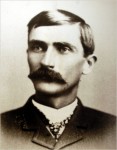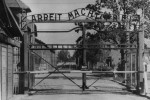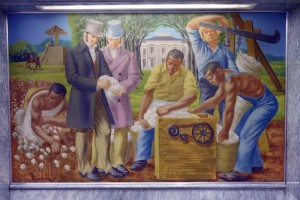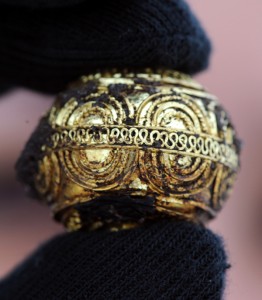 Governor Bill Richardson of New Mexico has decided not to posthumously pardon Billy the Kid, aka William H. Bonney, aka Henry McCarty, for any of his many crimes. Richardson considered pardoning him because the historical record suggests territorial Governor Lew Wallace may have extended the promise of a pardon in exchange for Billy’s testimony against another murderer. Billy testified but the pardon never materialized. He escaped from jail killing two guards only to be caught again, escape again, then finally shot to death by Lincoln County sheriff Pat Garrett in 1881.
Governor Bill Richardson of New Mexico has decided not to posthumously pardon Billy the Kid, aka William H. Bonney, aka Henry McCarty, for any of his many crimes. Richardson considered pardoning him because the historical record suggests territorial Governor Lew Wallace may have extended the promise of a pardon in exchange for Billy’s testimony against another murderer. Billy testified but the pardon never materialized. He escaped from jail killing two guards only to be caught again, escape again, then finally shot to death by Lincoln County sheriff Pat Garrett in 1881.
The Wallace and Garrett familys were not pleased that Gov. Richardson was willing to re-examine the question of whether Wallace made a deal with Billy the Kid that he welched on and whether Garrett had shot the wrong man. The descendants of Billy the Kid’s victim Sheriff William J. Brady, killed on April Fool’s Day, 1878, were also offended by the very notion of a pardon.
 In July of this year, Garrett’s grandchildren and great-grandchildren wrote to Mr. Richardson: “If Billy the Kid were living amongst us now, would you issue a pardon for someone who made his living as a thief and, more egregiously, who killed four law enforcement officers and numerous others?”
In July of this year, Garrett’s grandchildren and great-grandchildren wrote to Mr. Richardson: “If Billy the Kid were living amongst us now, would you issue a pardon for someone who made his living as a thief and, more egregiously, who killed four law enforcement officers and numerous others?”
But history buffs who also happen to be Governor can’t be deterred that easily, especially when they can’t run again because of term limits anyway. Richardson set up a website about the Billy the Kid pardon, soliciting comments on the question from the general public. Out of the 809 emails received, 430 of them favored granting the pardon, 379 were against it.
Overwhelming pro-Bonney numbers notwithstanding, the Governor ultimately decided the evidence was just too inconclusive even for this level of tourism-luring stunt pardoning. After all, even if Lew Wallace did offer Billy the Kid a pardon, he could have been lying to get his testimony. There was never any guarantee, nor is there any formal record of Governor Wallace making any such offer.
Some historians suggest that Mr. Wallace never explicitly offered a pardon to the outlaw, who also went by the names Henry McCarty and William H. Bonney, and might have been trying to trick him. Shortly before Mr. Wallace left office, he told a newspaper: “I can’t see how a fellow like him should expect any clemency from me.”





